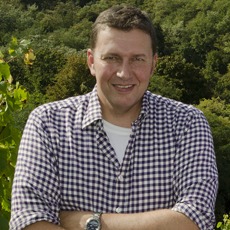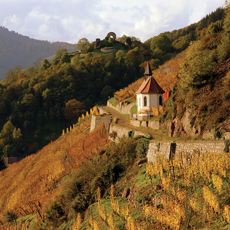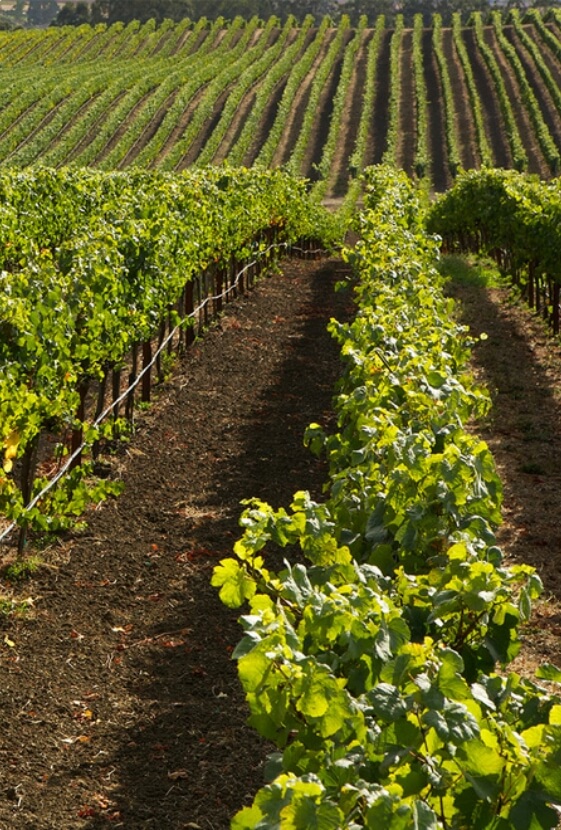

Zind 2022

In 1989, a few years after acquiring the Clos Windsbuhl in Hunawihr, we had to pull out some of the vines previously planted with the wrong rootstocks and clonal selection. Part of the southern exposure is very close to the imposing Vosges forest and is in the shadow a little earlier than most vineyards. We opted for early ripening grape varieties, and Chardonnay became obvious on this rocky limestone. Muschelkalk is in fact an old seashell based calcareous, similar to most found in burgundy. Fortunately, yes fortunately, we didn’t check whether this grape was allowed for still wine in Alsace because we might not have planted it. It thrives in this vineyard and is capable to express the beautiful character of the Clos Windsbuhl and yet retain elegance and structure. The Zind is vinified in large traditional oak foudres and stays on full lees until bottling.
- Certified Organic and Biodynamic
- Uniquely creative white wine with surprising complexity
- Unbroken winemaking lineage in Alsace since 1620
- 93 points Suckling


About the Grape




